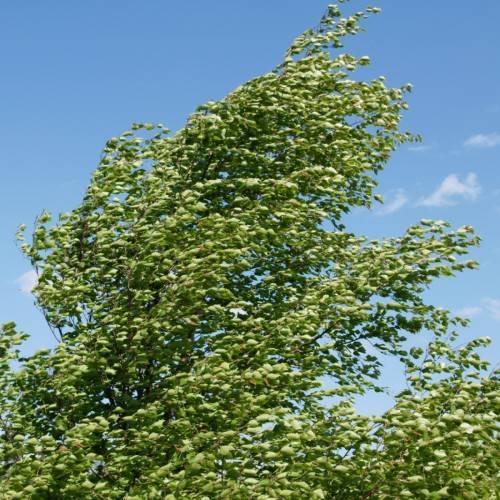
little-leaf linden
Tilia cordata 'Chancellor'
Also Known As - small-leaved lindenCycle:
Perennial
Watering:
Average
Hardiness Zone:
3 - 7
Flowers:
Flowers In Summer
Sun:
Full sun
Soil:
Well-drained
Fruits:
Fruits In Autumn Ready In Fall
Leaf:
Yes
Growth Rate:
Moderate
Maintenance:
Low
Drought Tolerant:
Yes
Care Level:
Medium
watering
Little-leaf lindens should be watered once a week or once every 2 weeks, depending on the season and amount of rainfall. During the summer season, water more frequently as the plant can become dry quickly. During the winter, water less as the plant goes dormant and needs less hydration. To water, use a hose or watering can to provide the plant with 1-2 inches of water at its base. Aim to keep the soil consistently moist, but not soggy. Water until it reaches a depth of 8-10 inches for best results. Be sure to water the soil, not the leaves, as too much water can lead to mold and fungus problems.
sunlight
Little-leaf linden trees (Tilia cordata 'Chancellor') prefer full sunlight and should receive a minimum of 6 hours of sunlight during the day. For optimal growth, little-leaf linden trees should receive at least 8 hours of sunlight during the day, as this will help the tree bloom and produce fruit. In areas that experience hot summers and intense sunlight, the tree will benefit from afternoon shade, especially during the hottest parts of the day. Little-leaf linden trees should receive some direct sunlight throughout the day to keep leaves healthy and vibrant, but should not be left in direct sunlight for too long to prevent sunburn and leaf discoloration.
pruning
Little-leaf Linden trees should be pruned in late winter or early spring. Pruning should be used sparingly, as it encourages new growth and should generally not be used if the tree is healthy. If pruning is necessary, only a small portion of the canopy should be removed. This should include no more than 10 to 15 percent of the tree's canopy, and a maximum of 20 percent of the thinning cuts. Large pruning cuts should also be avoided, as they can cause serious damage to the tree. Branches that are dead, diseased, or damaged should be removed, as well as any crossing or overly large branches. Pruning can also be used to shape and direct growth, as well as reduce the risk of storm damage.
